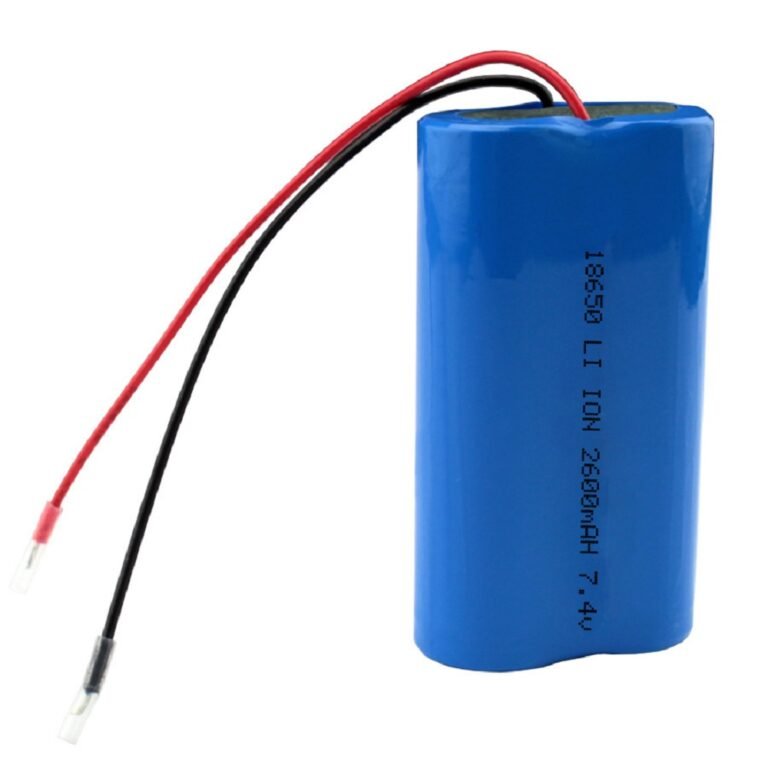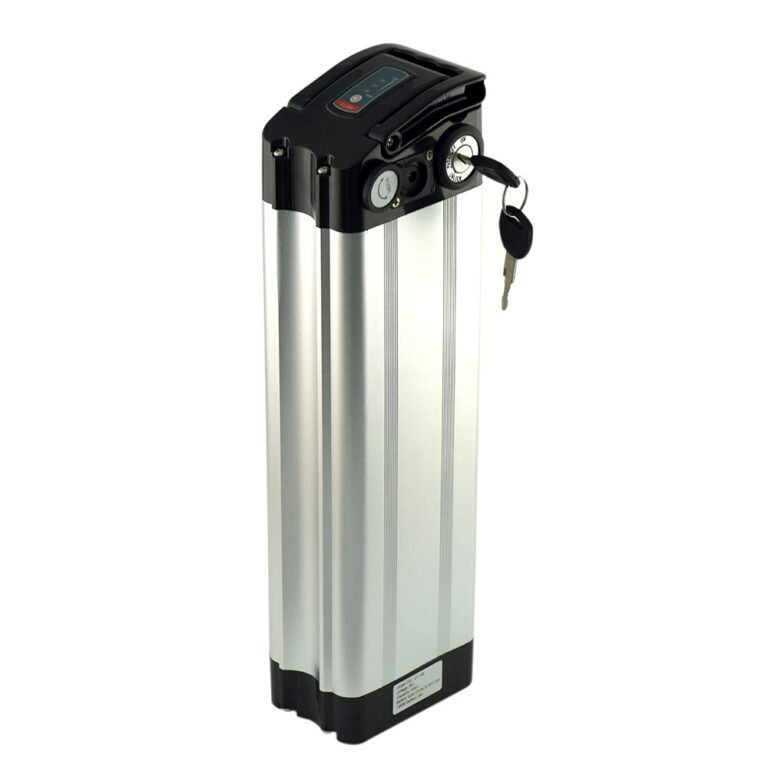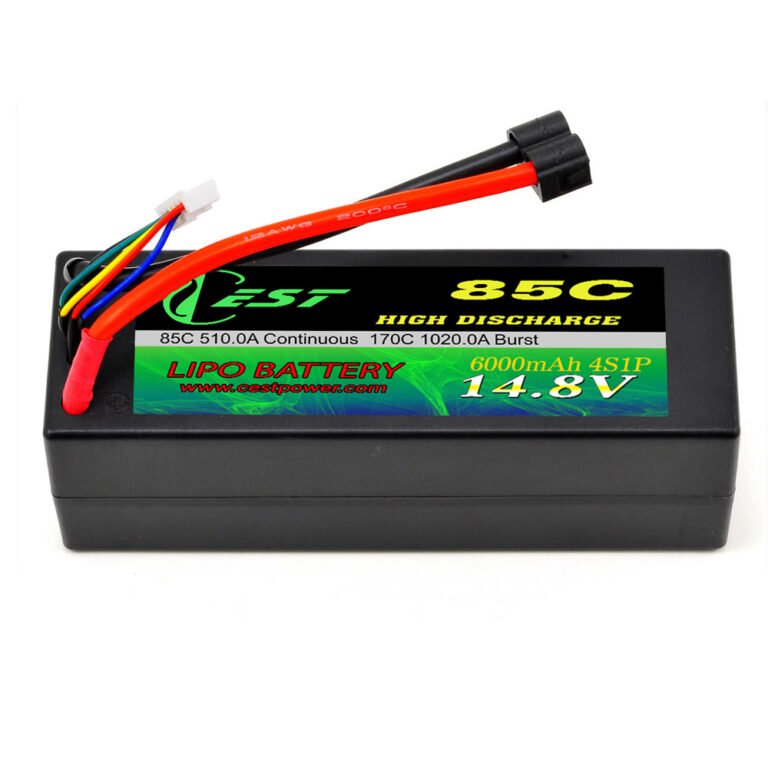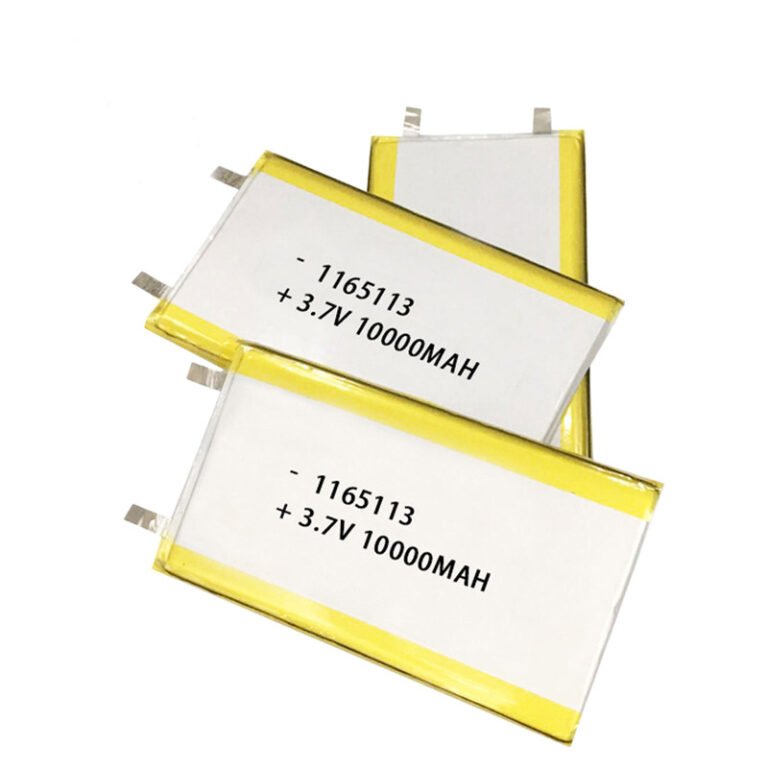What is the standard for E-Bike battery?
As the popularity of electric bicycles, or E-Bikes, continues to rise, so does the importance of understanding the standards for E-Bike batteries. These batteries are a crucial component of E-Bike, providing the power necessary to propel riders forward. But what exactly are the standards for E-Bike batteries, and why do they matter?
To start, it’s important to understand that E-Bike batteries come in a variety of sizes and shapes, depending on the specific E-Bike model. However, there are certain standards that apply to all E-Bike batteries.
The first standard is the maximum voltage of the battery. In general, the maximum voltage of an E-Bike battery should not exceed 48 volts. This is due to safety concerns, as higher voltage batteries can be more dangerous in the event of a malfunction or accident. Additionally, many countries have regulations that limit the maximum voltage of E-Bike batteries to 48 volts.
Another important standard for E-Bike batteries is the capacity, measured in watt-hours (Wh). This refers to the amount of energy the battery can hold and is an important consideration when choosing an E-Bike. Generally, E-Bike batteries will have a capacity between 300Wh to 700Wh, depending on the intended use of the E-Bike. Commuter E-Bike, which are designed for shorter distances, may have a lower capacity battery, while E-Bike intended for longer rides or off-road use may have a higher capacity battery.
The charging time for E-Bike batteries is also an important standard to consider. Most E-Bike batteries will take between 3 to 6 hours to fully charge, although some may take longer. Additionally, some E-Bike batteries may have a quick-charge feature that allows them to charge up to 80% capacity in just a few hours.
The weight of the battery is another important consideration. As E-Bike batteries can be quite heavy, it’s important to choose a battery that is appropriate for the intended use of the E-Bike. For example, if the E-Bike will be used for commuting or leisurely rides, a lighter battery may be preferable. However, if the E-Bike will be used for off-road adventures or long-distance rides, a heavier battery may be necessary.
Finally, it’s important to consider the type of battery used in the E-Bike . There are two main types of E-Bike batteries: lithium-ion and lead-acid. Lithium-ion batteries are generally lighter and more efficient, while lead-acid batteries are less expensive but heavier and less efficient. In general, most E-Bike will use lithium-ion batteries.
In addition to these standards, there are a few other factors to consider when choosing an E-Bike battery. These include the brand and warranty of the battery, as well as the charging method (e.g. removable or built-in charger).
So why do these standards matter? Essentially, these standards ensure that E-Bike batteries are safe, efficient, and appropriate for their intended use. By adhering to these standards, E-Bike manufacturers can ensure that their products are reliable and safe for consumers to use. Additionally, these standards help consumers choose the right e-Bike battery for their needs, ensuring that they get the most out of their e-Bike.
In conclusion, the standards for E-Bike batteries are an important consideration for both E-Bike manufacturers and consumers. By understanding these standards, we can ensure that E-Bike batteries are safe, efficient, and appropriate for their intended use. Whether you’re in the market for an E-Bike or are simply interested in the technology behind them, it’s important to familiarize yourself with the standards for E-Bike batteries.
Related Articles & Products
What is Best Battery for E-Bike?
Samsung 18650 30Q 3000mAh 15A Rechargeable Lithium-ion Battery Cell INR18650 3.7V for Flashlight, Vape, E-Bike
18650 Battery Pack 24V–48V 10Ah–21Ah Lithium Ion with Silver Fish Case Downtube for Urban City Bike E-Bike
3.7V 5000mAh 3C 21700 Rechargeable Lithium Ion Battery Flat Top INR21700 Li Ion






